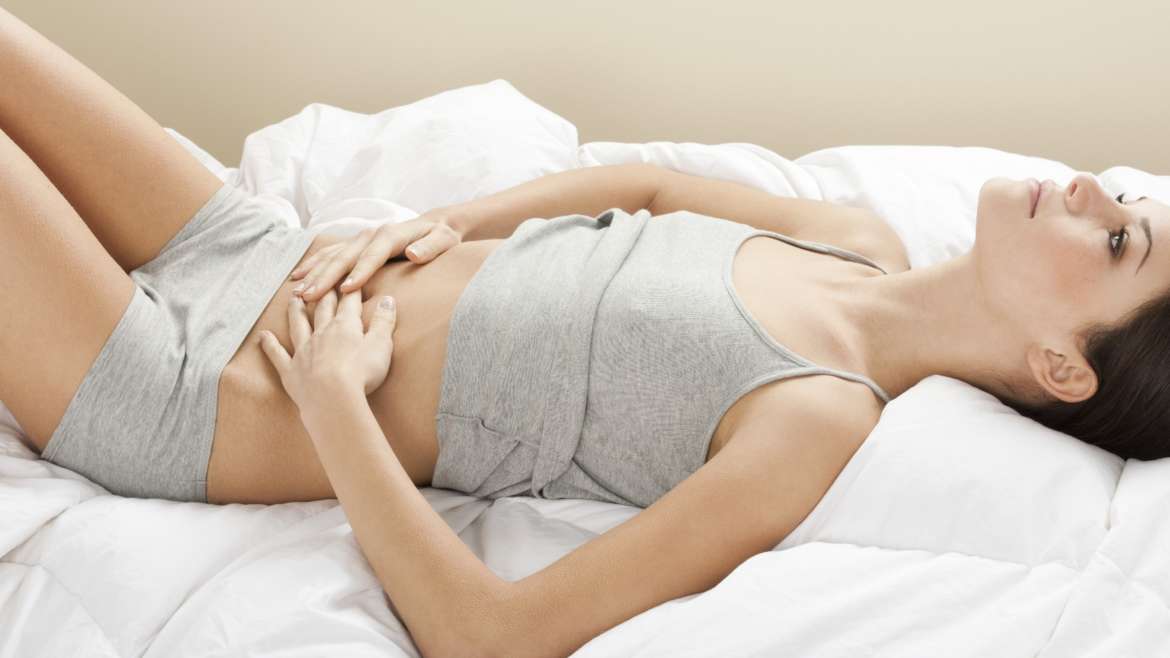Are you aware of how you breathe and the effects it has on your health and wellbeing? Probably not. I say that because a vast majority of patients that come to see me for osteopathy have a dysfunctional breathing pattern and are unaware of it – but it’s often one of the first things I try to address.
A poor breathing pattern may lead to:

– Spinal pain and instability
– Nervous system dysfunction
– Hyperventilation syndrome
– Digestive problems
– Varicose veins and cellulite
– Sustained anxiety and panic attacks
Part of our nervous system – the autonomic nervous system (with two divisions – the sympathetic and the parasympathetic) is in control of our unconscious processes, i.e. heart rate, breathing and digestion. Fortunately, breathing can also be consciously controlled and therefore we can influence and change it.
What is functional breathing? We should predominantly use our diaphragm in restful breathing. If you watch a small child breathe you will notice that their abdomen expands and retracts when they are breathing in and out. There will be hardly any movement of the upper chest and the action is smooth, often with a small pause in between breaths.
Dysfunctional breathing occurs when we start to breathe through our upper chest, recruiting neck muscles that attach into our upper ribs and the diaphragm is less activated. These “accessory” muscles are normally recruited when we need a boost of oxygen i.e. exercise or when faced with a stressful situation. Part of the accessory muscles role is to help expand the chest cavity for that extra uptake of oxygen. This is useful and necessary in certain situations, but very often this breathing pattern becomes chronic leading to unhelpful changes in the musculoskeletal and respiratory systems.
Why should we use our diaphragm more?
When we ‘upper chest breathe’ we overwork our accessory muscles which become tight and shortened – this may lead to neck pain, trigger points and headaches. In severe cases restriction may lead to irritation of the nerves from the neck supplying the arms.

A tight and underactive diaphragm may cause restriction and pain in the mid back and lower ribs through its strong tendon and fascial connections. The diaphragm is also integral to stabilising the core it helps to coordinate breathing with appropriate support to the spine when we move.
Upper chest breathing very often leads to a degree of hyperventilation. When this occurs, too much carbon-dioxide (CO2) is exhaled leading to biochemical changes within the blood. One of the first reactions to this is a constriction of blood vessels and reduction of blood flow to the brain. A result of this is decreased motor skill control, increased agitation and a lower threshold for pain– people often experience tingling and numbness which they confuse for something more serious.
Digestive processes are influenced in two ways; firstly, digestion is controlled by the parasympathetic nervous system which is switched on by abdominal breathing and secondly, movement of the diaphragm massages the digestive organs and improves function therefore avoiding sluggish bowel, irritable bowel syndrome and other digestive disorders such as reflux.
With each ‘in’ breathe the diaphragm contracts and moves down, then relaxes and moves up again. This pump action helps blood and lymphatic fluid under low pressure from the lower extremities, travel back to the heart and lungs. All of which aides the cardiovascular system – helping to avoid congestion in the legs which may lead to varicose veins and cellulite.
Voluntary, slow deep breathing functionally resets the autonomic nervous system by stretch receptors in the diaphragm sending signals to the respiratory centre in the brain. The resetting activates the parasympathetic (inhibitory) activity and decreases sympathetic activity, thus slowing certain physiological processes, decreasing the effects of stress – improving physical and mental health.
Check your breathing pattern. Place one hand on your upper chest

and one hand on your abdomen. Is your upper chest moving more? Do you sigh or attempt to ‘catch’ your breath often? Are your breaths shallow? If yes to these questions, you may be upper chest breathing.
We can help with osteopathy by treating a tight diaphragm, neck muscles and restricted joints in the spine. Hypnotherapy is extremely effective for promoting strategies in dealing with stress, anxiety and any underlying causes for dysfunctional breathing. For advice on treatment, corrective breathing exercise or stress management strategies please don’t hesitate in giving us a call.



Add Comment